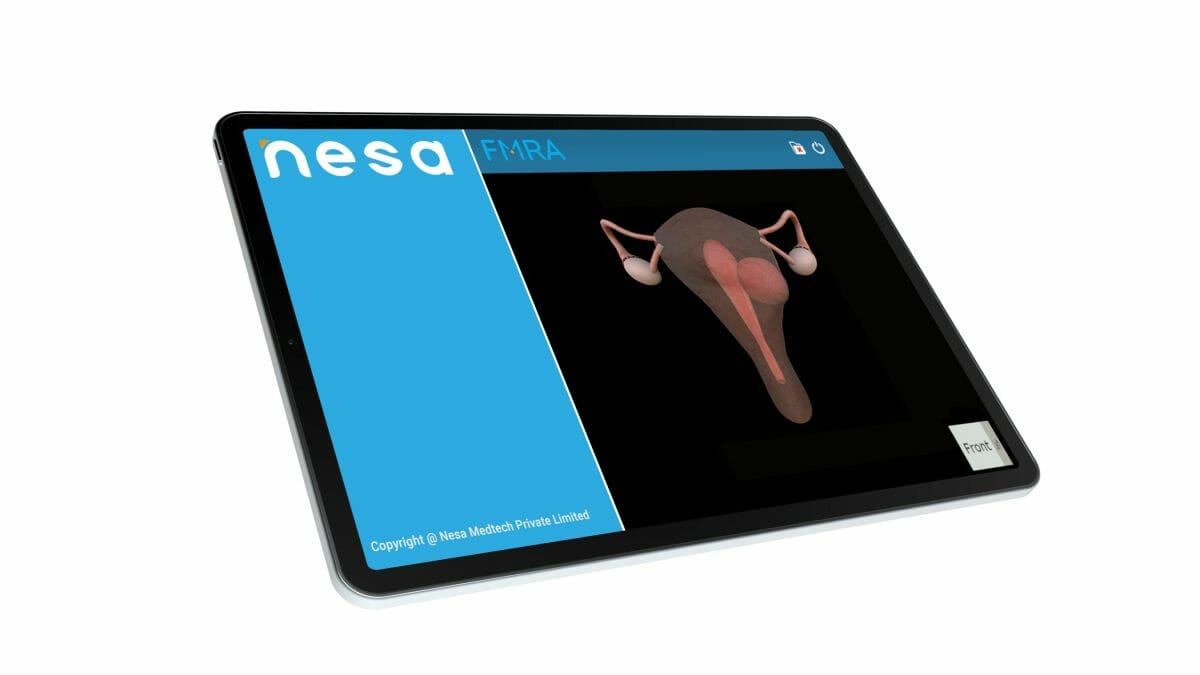Nesa Medtech (Nesa), a private medical device company addressing clinical unmet needs for patients with symptomatic uterine fibroids, announced today that it received 510(k) clearance from the U.S. Food and Drug Administration (FDA) for the company’s Fibroid Mapping Reviewer Application (FMRA). The technology is intended for use by physicians to generate a 3D model of the uterus from ultrasound images to assist in the accurate diagnosis and planning of interventional procedures for patients with uterine fibroids.
“While uterine fibroids are extremely common, for some patients they can be extremely painful and require intervention,” commented John Petrozza, MD, Department of Obstetrics and Gynecology at Massachusetts General Hospital and Co-Director of the Integrated Fibroid Program. “Nesa’s FMRA technology allows physicians to determine fibroid location and dimensions, critical details for effective minimally invasive image guided treatment planning.”
Uterine fibroids, also known as leiomyomas, impact one in four women.1 While these growths are non-cancerous, they can significantly impact a patient’s quality of life, causing excessive menstrual bleeding, pelvic pain, and infertility. Unfortunately, medication is effective only for a small percentage of patients, leaving many to require open surgery or minimally invasive procedures. Fibroid size and location are key considerations as physicians select the appropriate surgical approach for each case.
“Receiving FDA clearance is a significant milestone and a proud moment for the company,” said Sreekar Kothamachu, CEO of Nesa Medtech. “I applaud the team’s efforts to reach this achievement, the first step towards our goal of delivering a novel and comprehensive minimally invasive image guided therapeutic solution that transforms care for patients with symptomatic uterine fibroids.”
